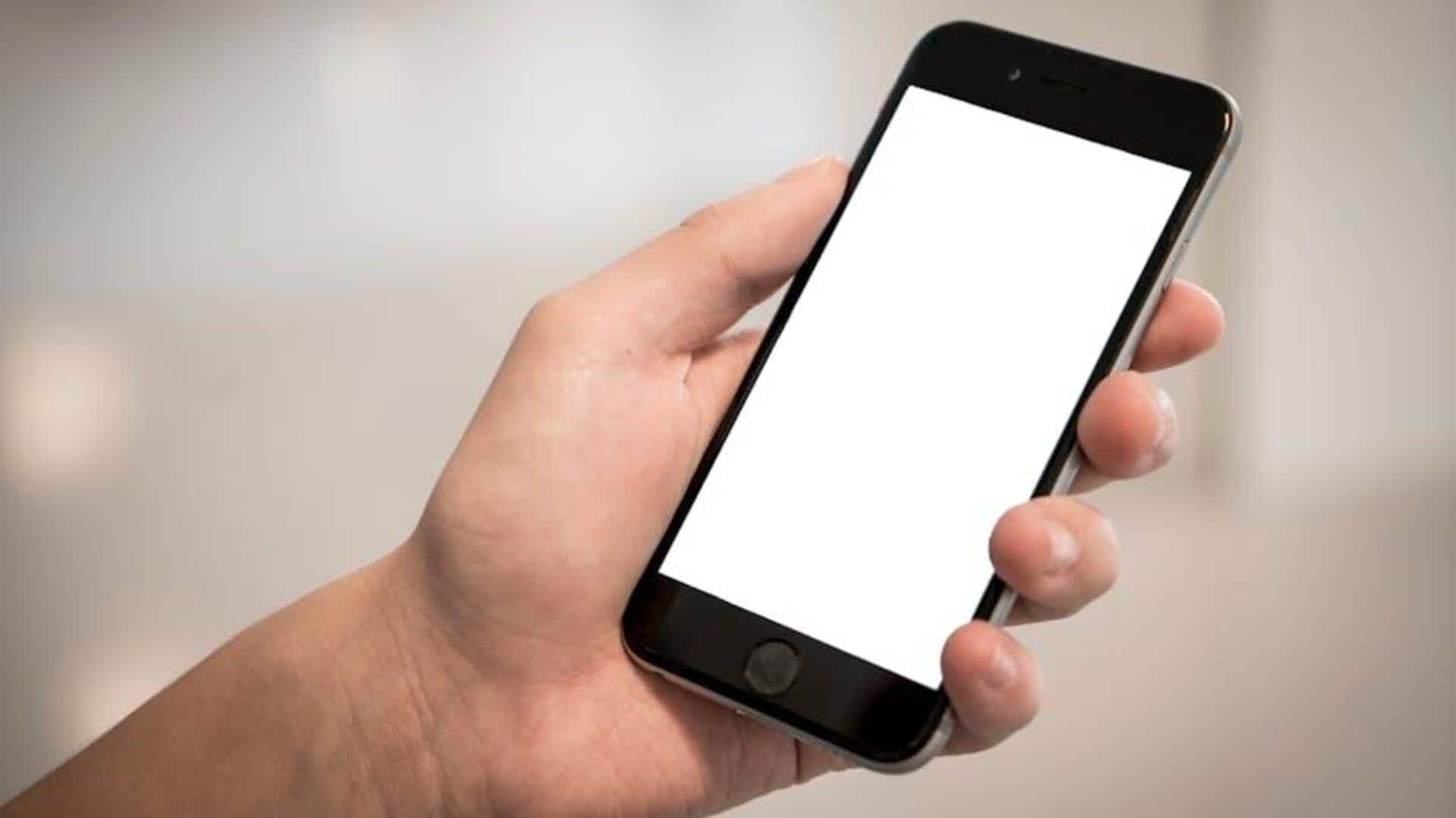
Tech tips: How to manage files on your smartphone
What's the story
Managing files on a smartphone can be a daunting task, especially when you have a lot of them. However, with the right strategies, you can keep your digital life organized and efficient. Here are five practical tips to help you manage your smartphone files better. From using cloud storage to organizing apps, these tips will make your device more efficient and user-friendly.
Tip 1
Use cloud storage services
Cloud storage services like Google Drive and Dropbox allow you to store files online, freeing up space on your smartphone. By uploading documents, photos, and videos to the cloud, you can access them from anywhere with an internet connection. This not only keeps your device uncluttered but also ensures that important files are backed up in case of loss or damage.
Tip 2
Organize apps into folders
Grouping similar apps into folders can make navigation easier and reduce clutter on your home screen. Create folders for categories like work, entertainment, or productivity apps. This way, you can quickly find what you need without scrolling through endless pages of icons. It also helps in maintaining focus by reducing distractions from unnecessary apps.
Tip 3
Regularly delete unnecessary files
Periodically reviewing and deleting unnecessary files is key to keeping your smartphone's storage in check. Be it old photos, outdated documents, or unused apps, getting rid of these can free up a lot of space. Set a reminder every month to go through your files and get rid of anything that doesn't serve a purpose anymore.
Tip 4
Utilize file management apps
File management apps can be a great help in organizing and managing files on your smartphone. These apps let you categorize documents, rename files, and search for specific items quickly. Some even offer features like duplicate file detection and bulk renaming, which can save time when dealing with large volumes of data.
Tip 5
Enable automatic backups
Enabling automatic backups ensures that your important data is always protected without manual intervention. Most smartphones offer built-in backup options that sync data over Wi-Fi at scheduled times or when charging. This way, you don't have to worry about losing critical information due to unexpected issues like device malfunction or theft.